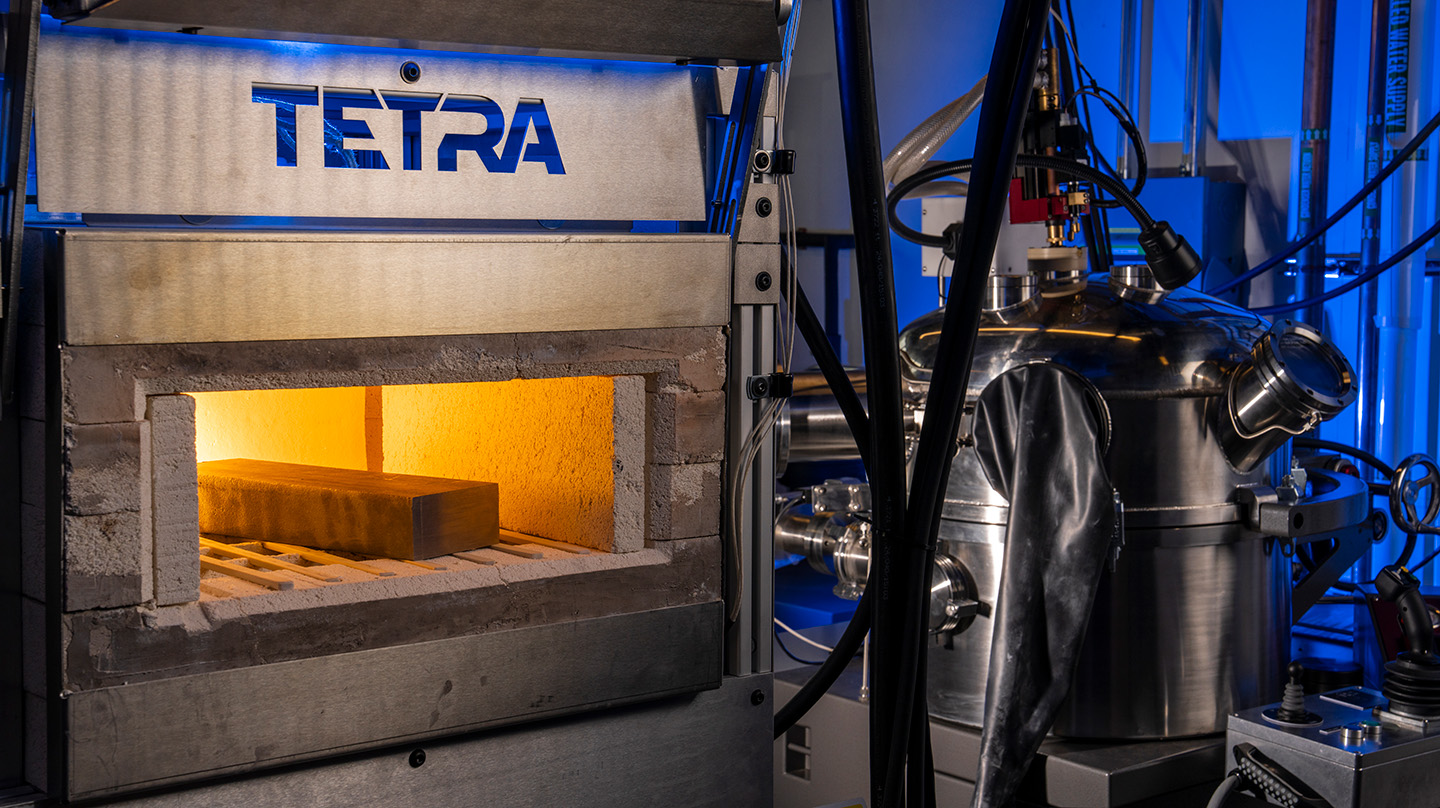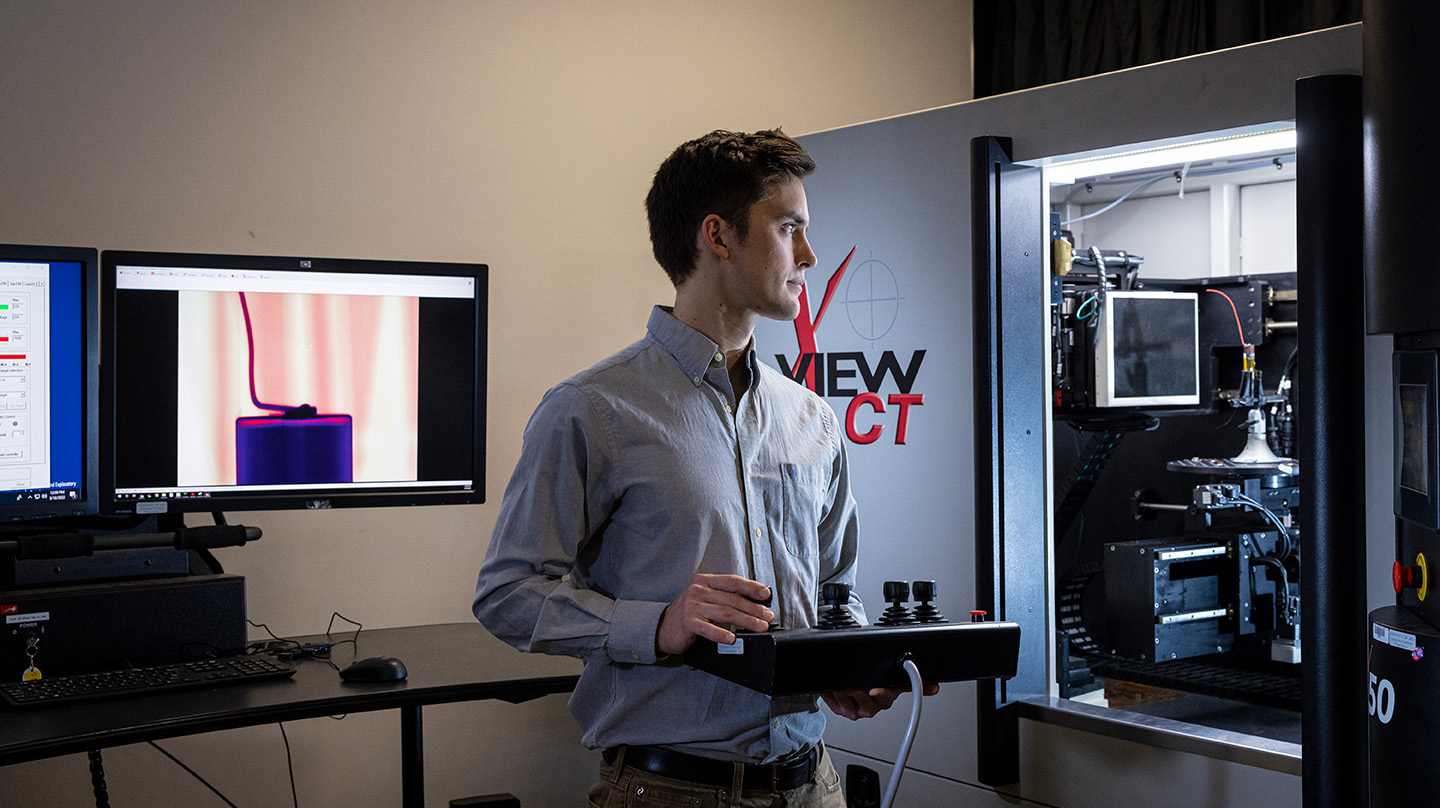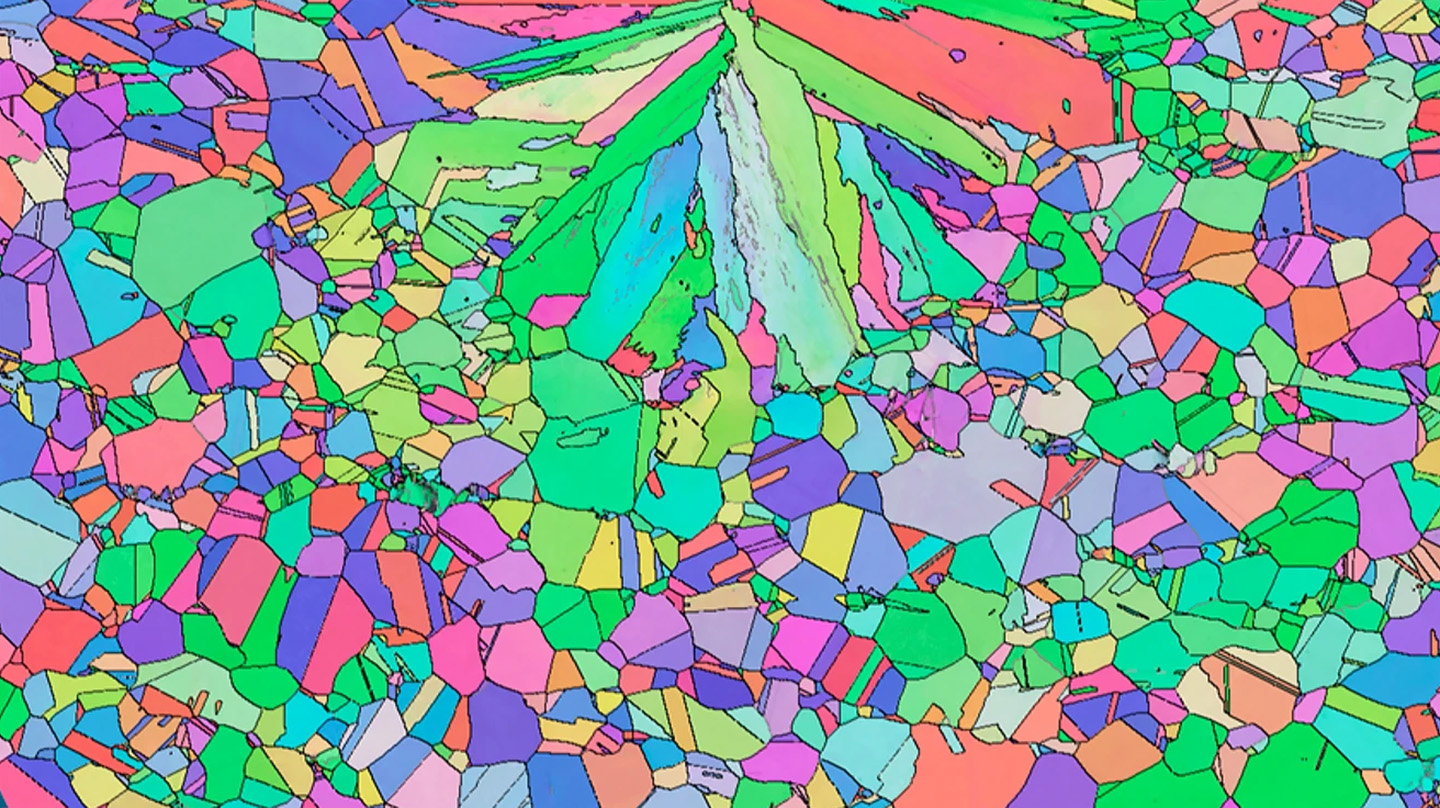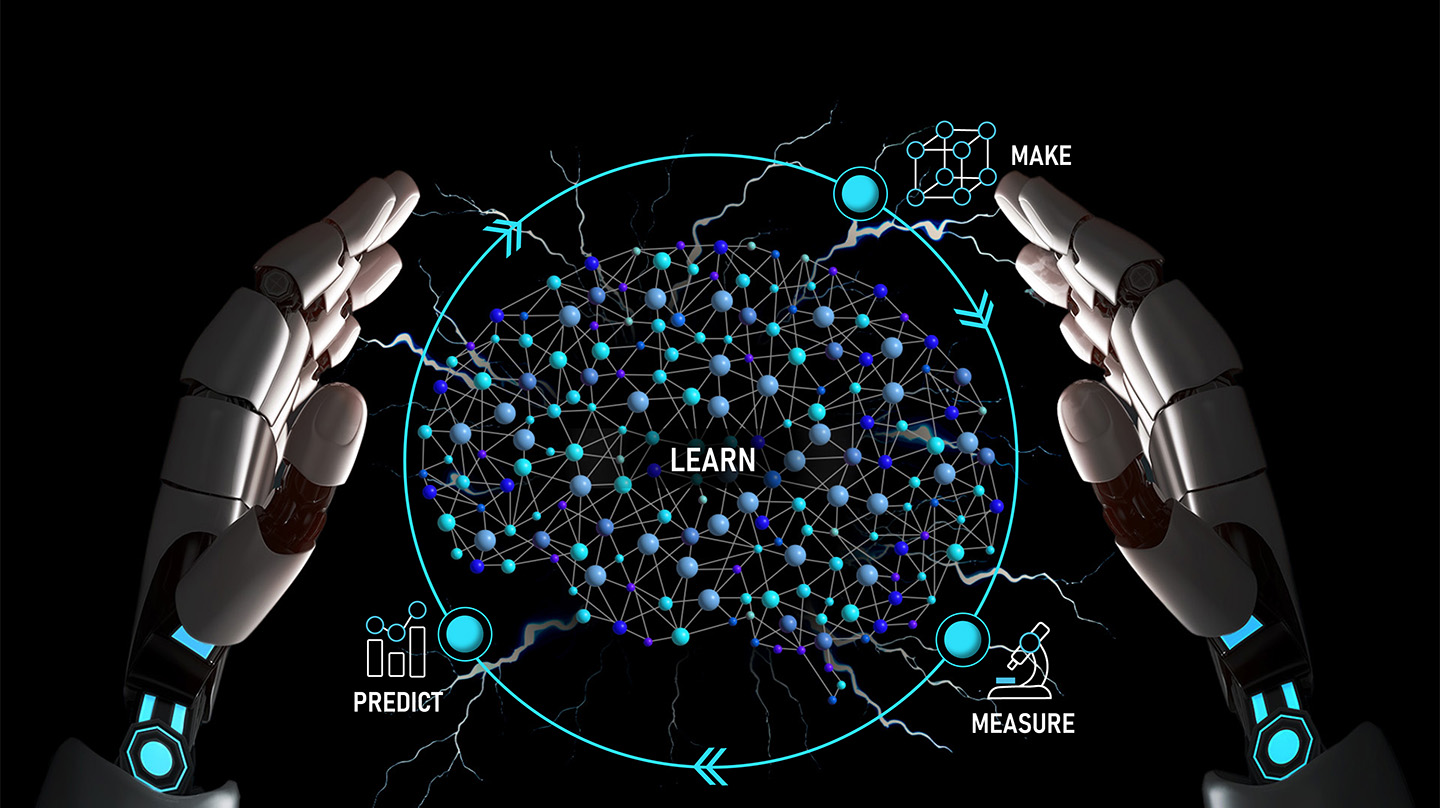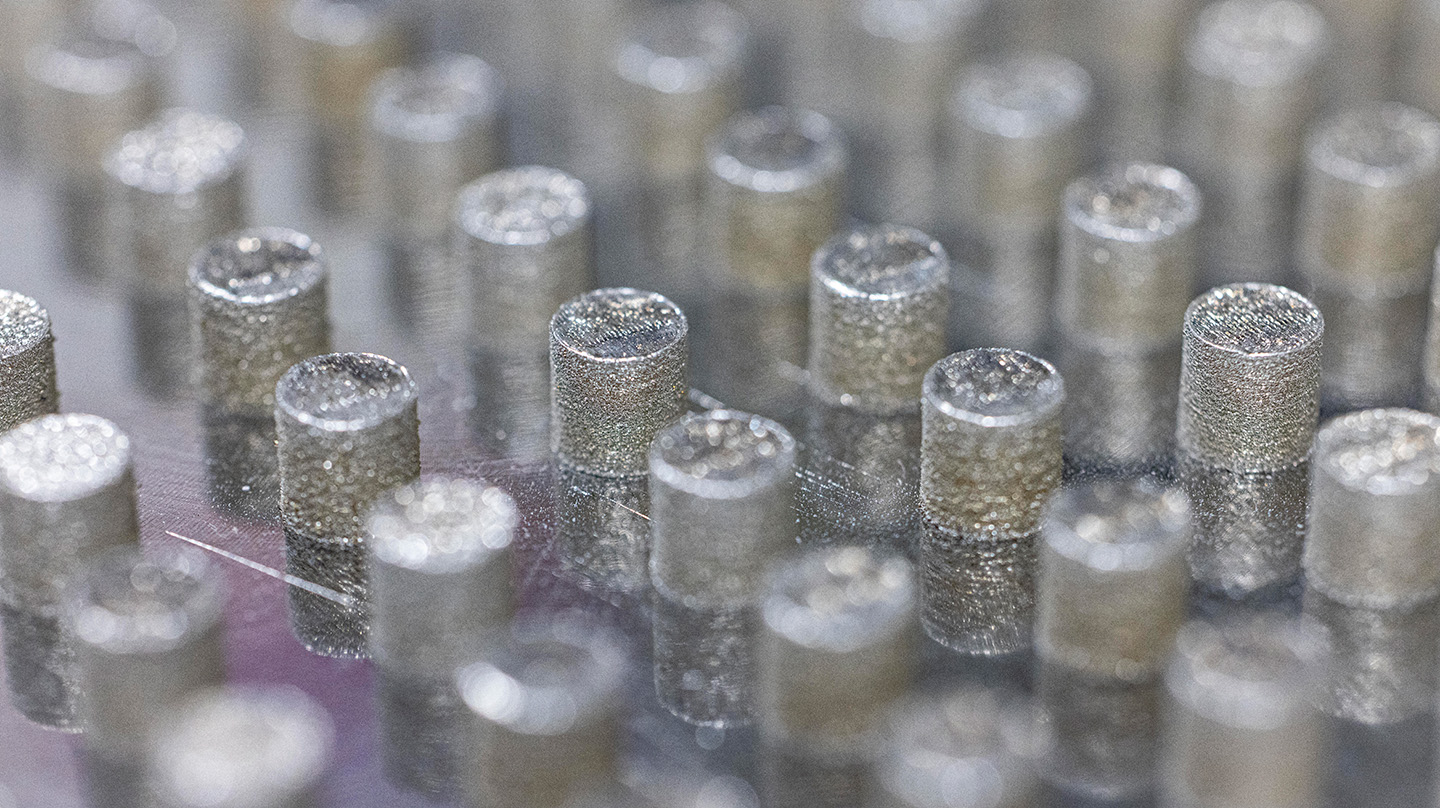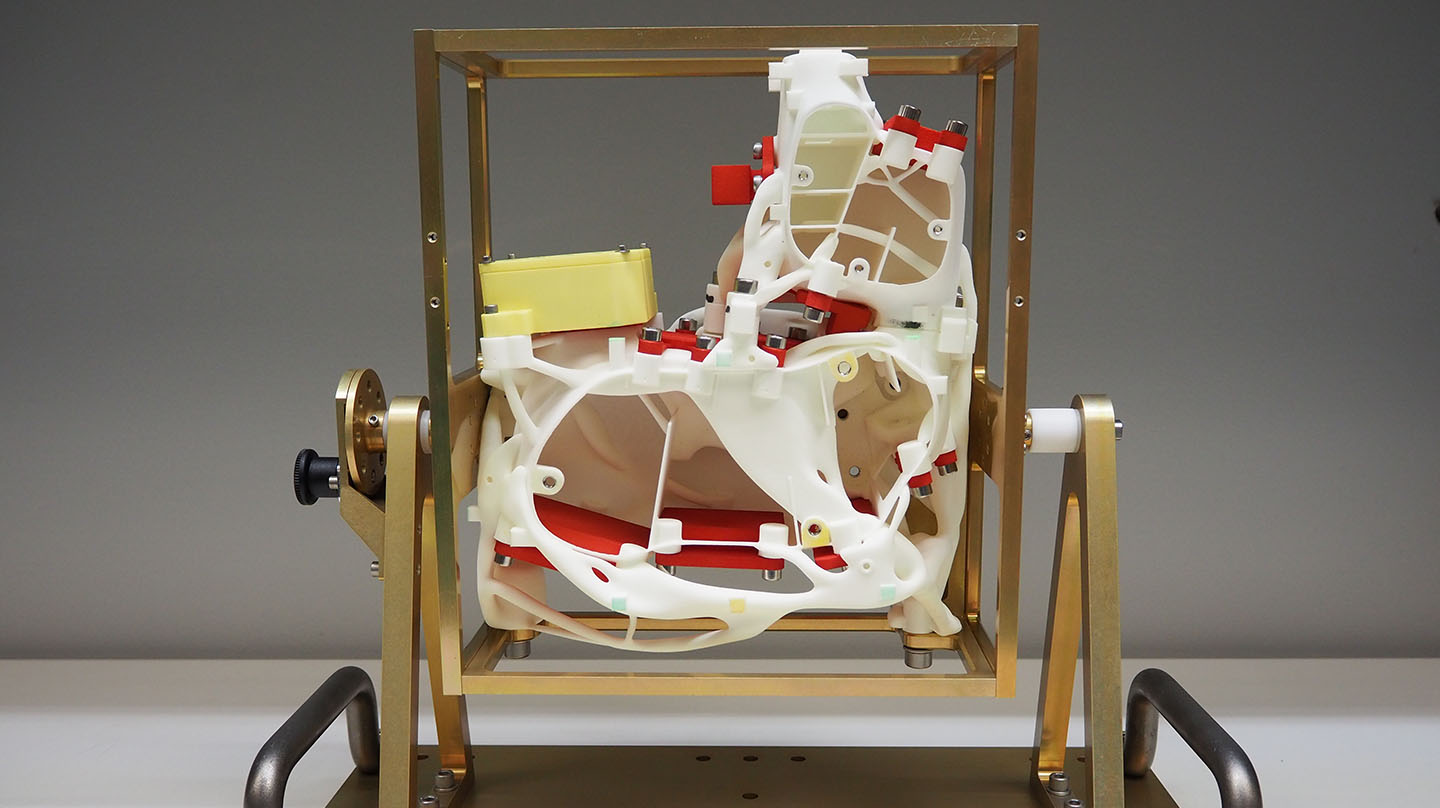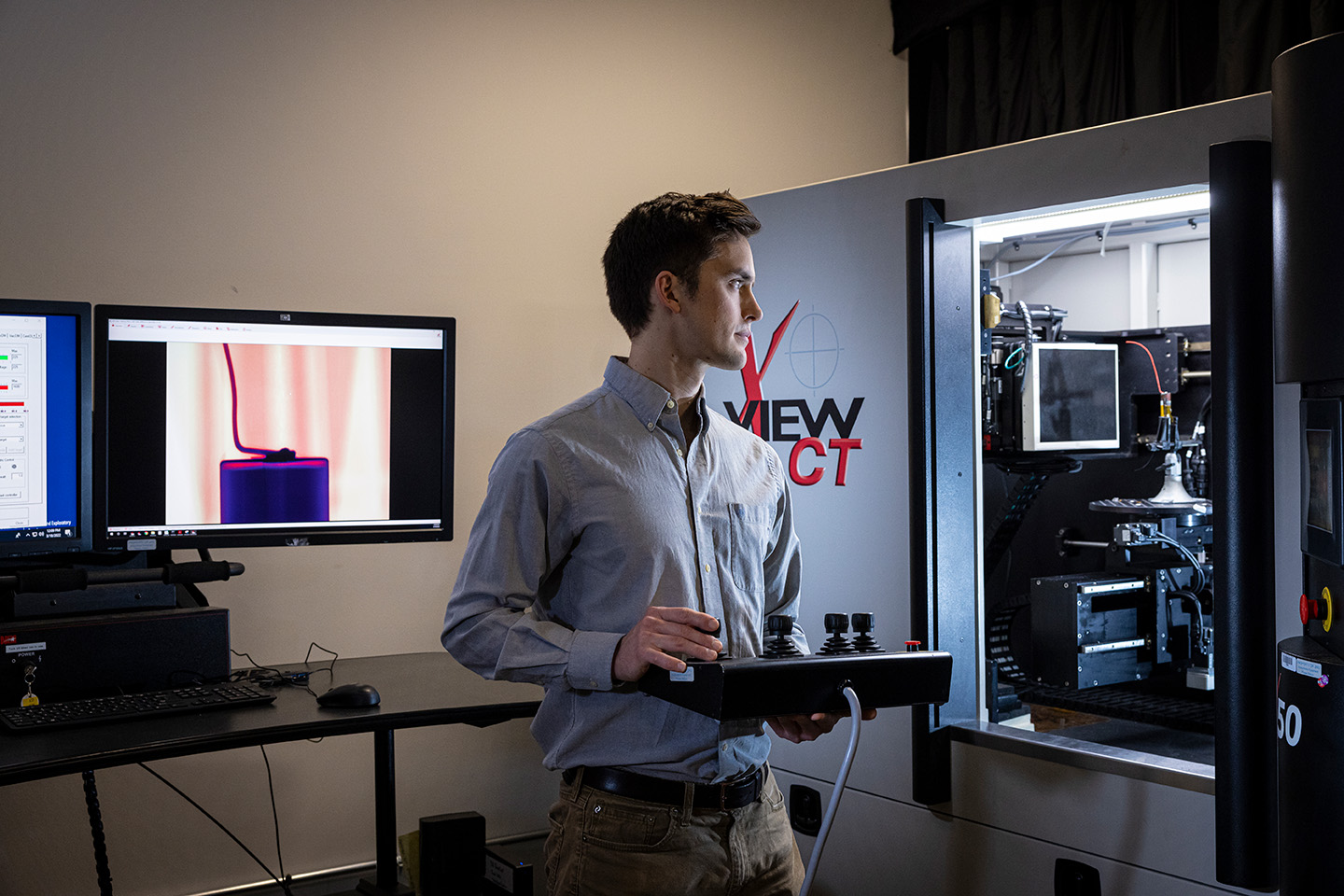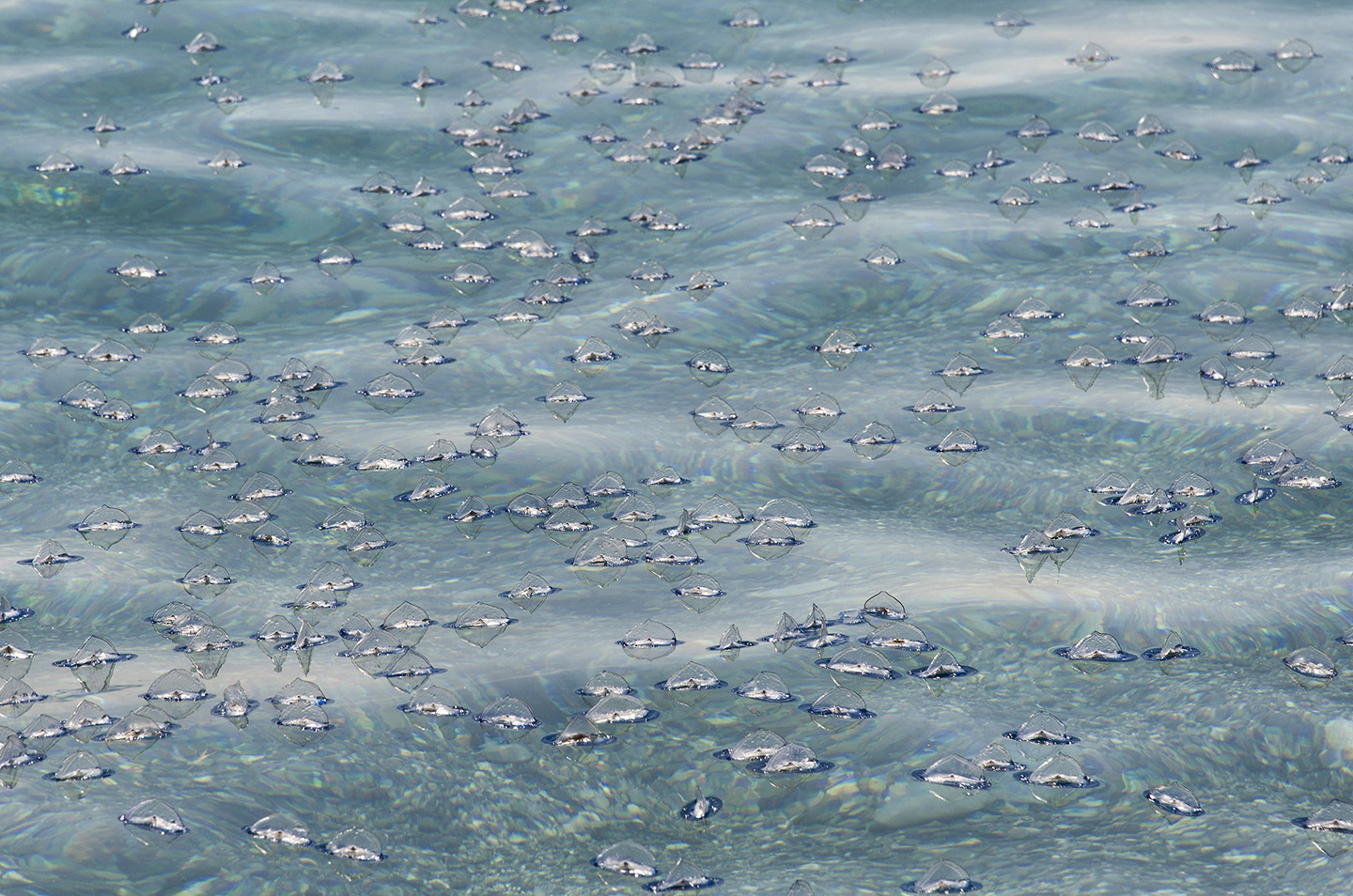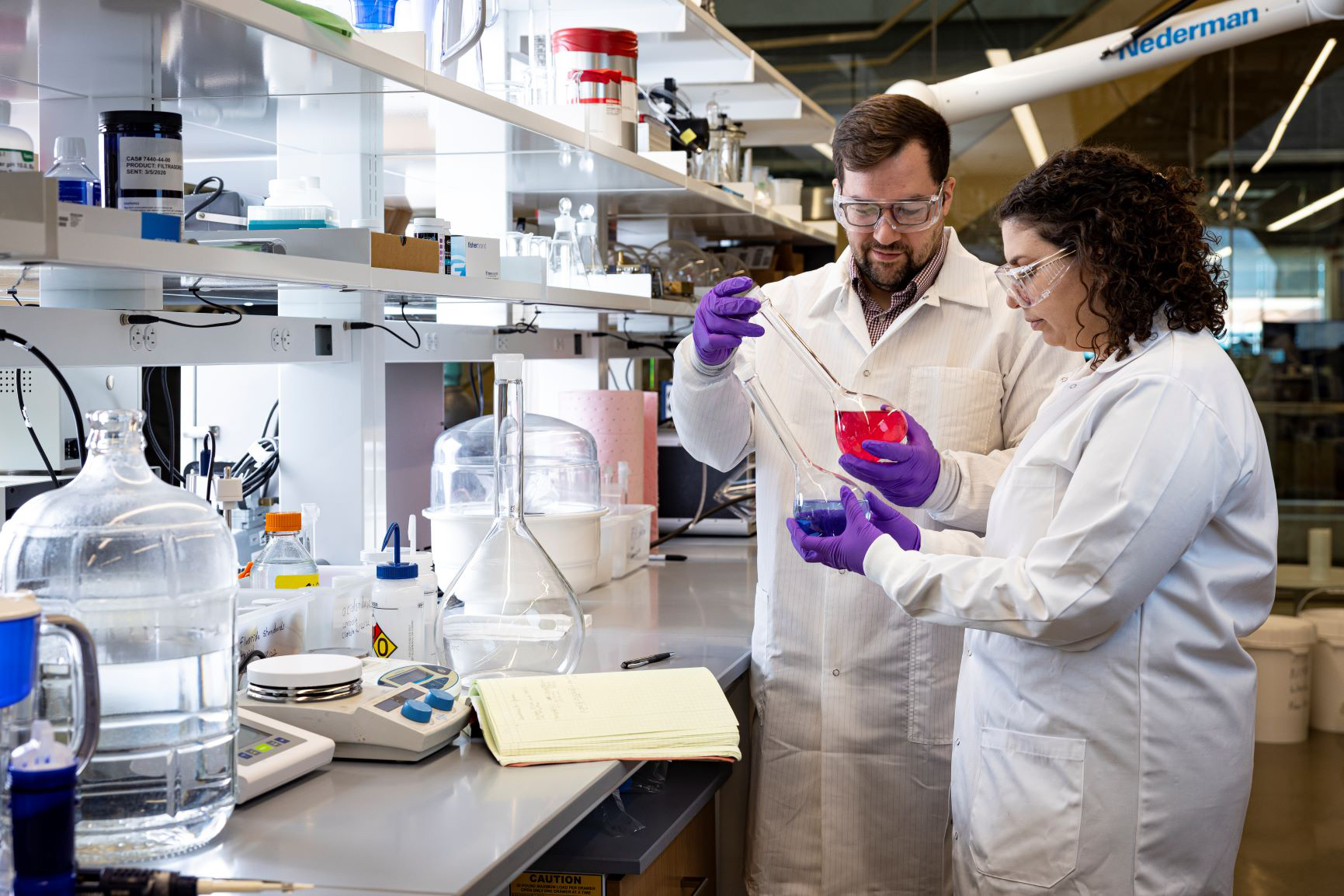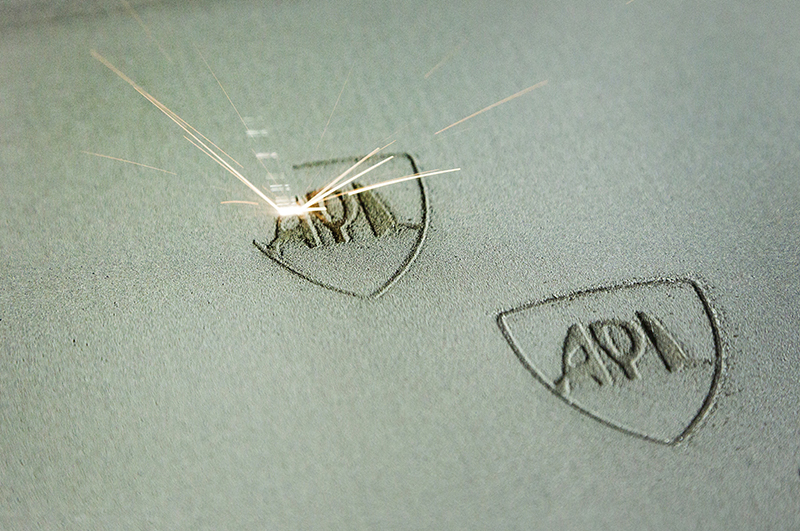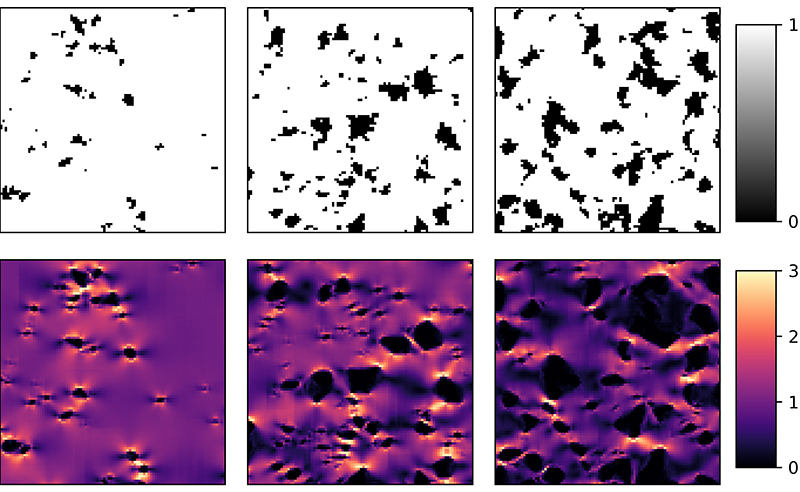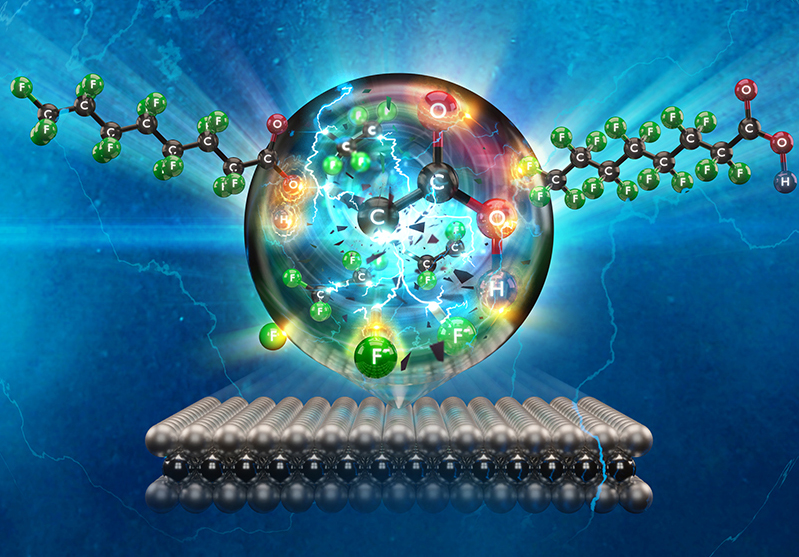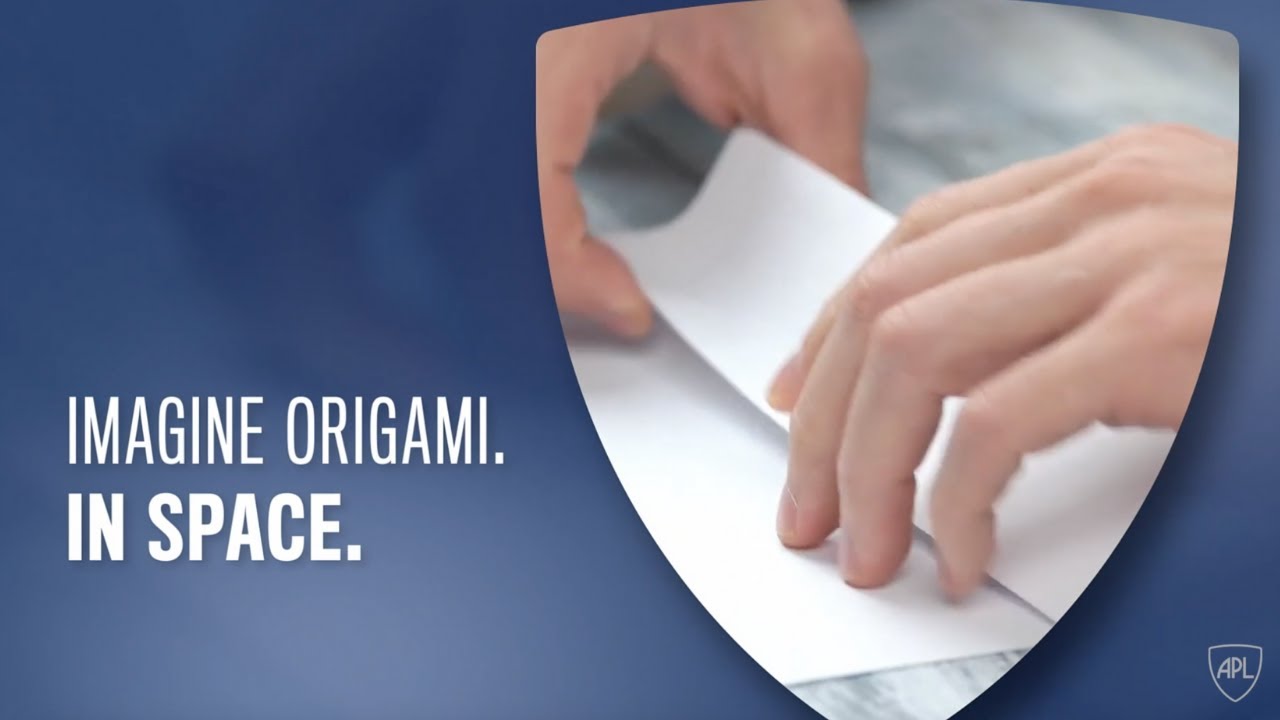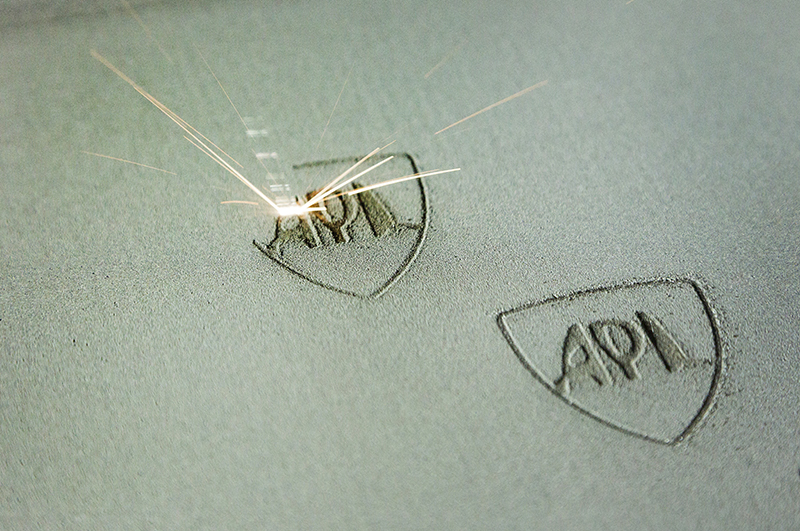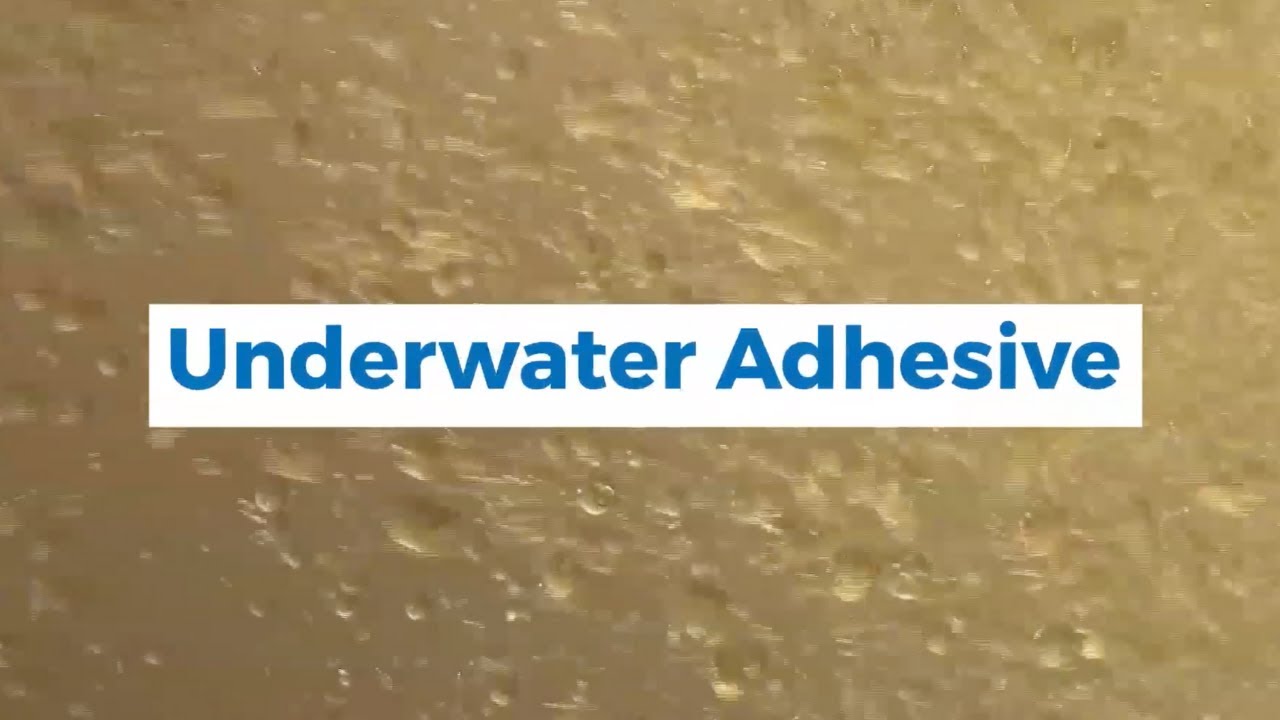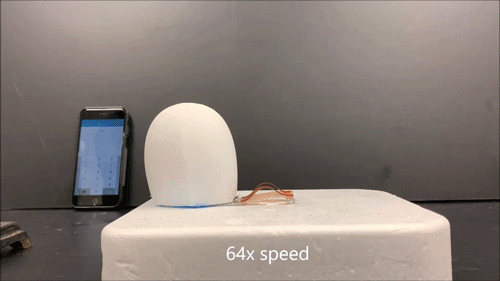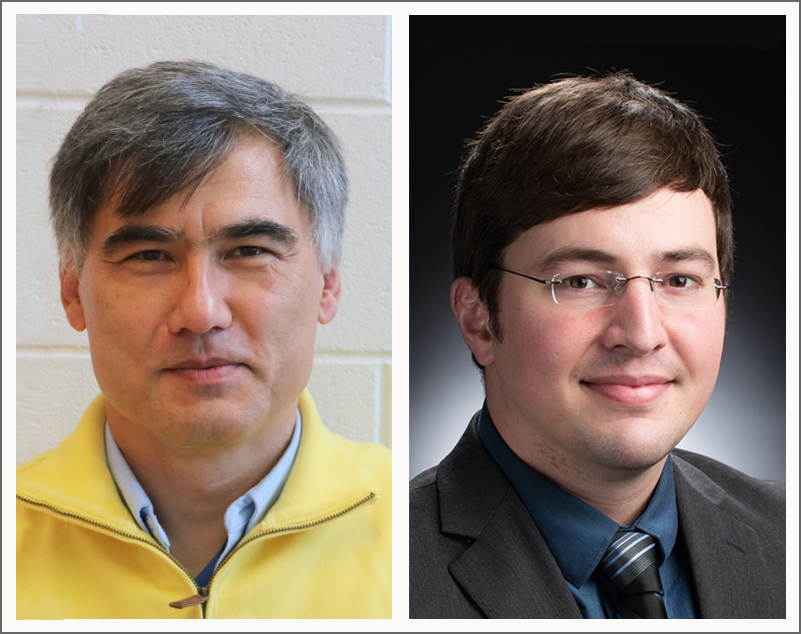
Research and Exploratory Development Mission Area
Science of Extreme and Multifunctional Materials
About Science of Extreme and Multifunctional Materials
Our team utilizes advanced chemistry, materials science, and computational tools across a variety of areas, including hypersonics, deployable manufacturing, space applications, warfighter protection, expeditionary technologies, clean water, AI-enabled materials discovery, and advanced coatings.
- Program Manager: Leslie Hamilton
- Assistant Program Manager: Sal Nimer
Focus Areas
Hypersonics →
Creating new materials with extreme survivability, evaluating performance in relevant environments, and linking materials to operational improvements
Advanced Manufacturing →
Inventing new alloys, understanding new formation mechanisms, creating unique structures, and enabling new capabilities on demand
Space Applications
Creating new materials and manufacturing processes to enable new space-based missions
Warfighter Protection
Inventing new materials to enable protection of deployed forces and understanding protection mechanisms
Expeditionary Technologies
Developing materials with novel capabilities and field-forward utility for warfighters on the battlefield and at sea
AI-Guided Materials Design →
Revolutionizing materials discovery by employing artificial intelligence, paired with high-throughput synthesis and characterization
Advanced Coatings
Developing coatings with integrated, novel capabilities for the warfighter, the planet, and beyond
Featured Work

Accelerating Materials Innovation for Defense

Revolutionizing Materials Discovery for National Security
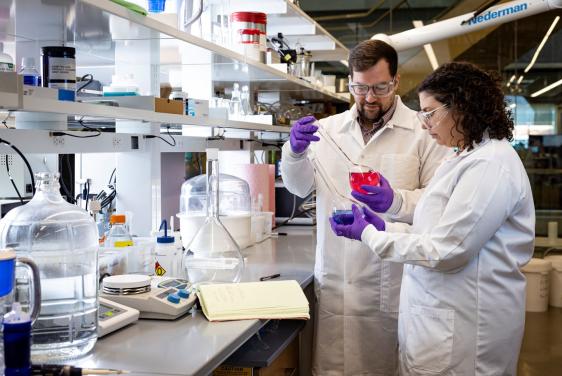
Eliminating Forever Chemicals

Developing Battery- and Solar-Powered Fibers

Creating Coatings for Extreme Environments
Recent News
Watch
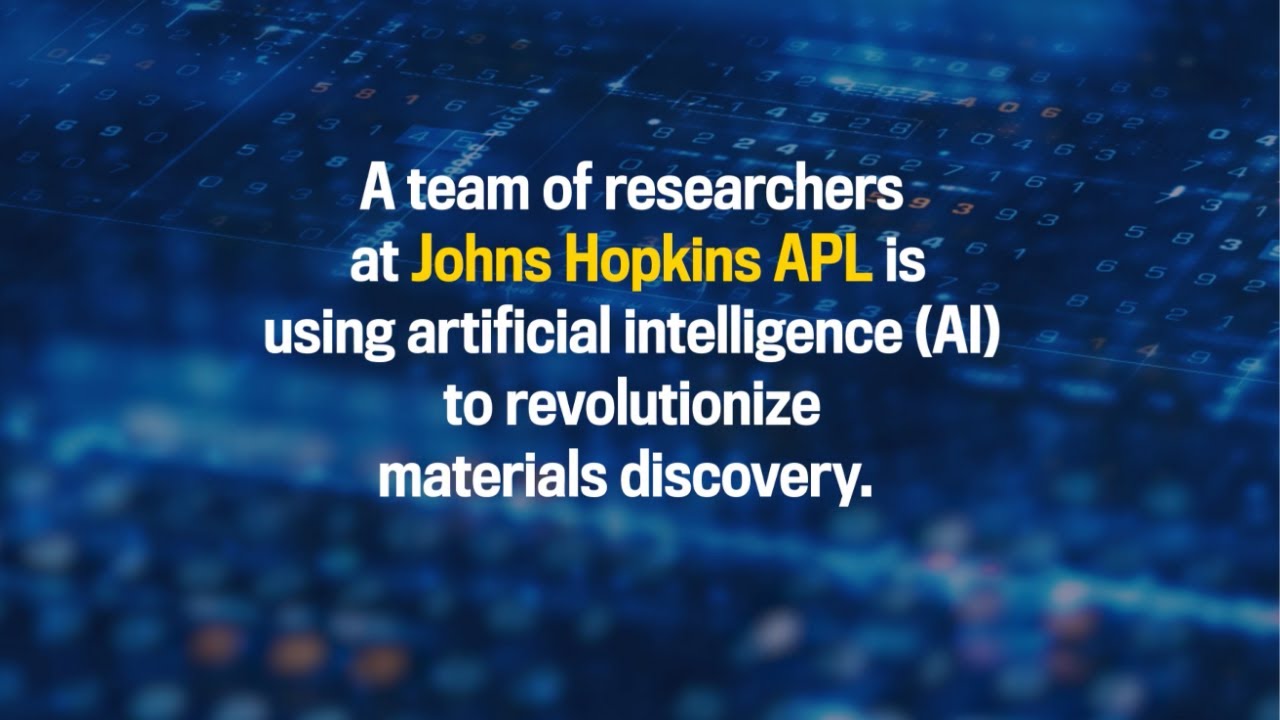
AI Helps Discover Novel Superconductor →
A multidisciplinary team at APL has discovered a novel superconductor using artificial intelligence. The key to this breakthrough came through combining materials science expertise and real data into a predictive AI model, which vastly accelerates the timeline of targeted materials discovery.

Eliminating Forever Chemicals from the World’s Water → SXSW 2024
PFAS are widely used, long-lasting chemicals that have caused widespread contamination in our air, water, and land. Compounds in PFAS are so strong that they don’t degrade naturally and linger in the environment, earning them the label “forever chemicals.” Studies have shown that PFAS exposure may be linked to harmful effects in humans and animals. In a panel at SXSW 2024, APL’s Leslie Hamilton and the EPA’s Mohamed Ateia Ibrahim discussed how government, academia, and industry are working together to overcome PFAS-related challenges by developing new technologies, approaches, and policies to detect, destroy, and ultimately replace these chemicals.
Featured Publications

Journals and Conference Proceedings →
Our research is published in a number of peer-reviewed journals and in conference proceedings.
Impact
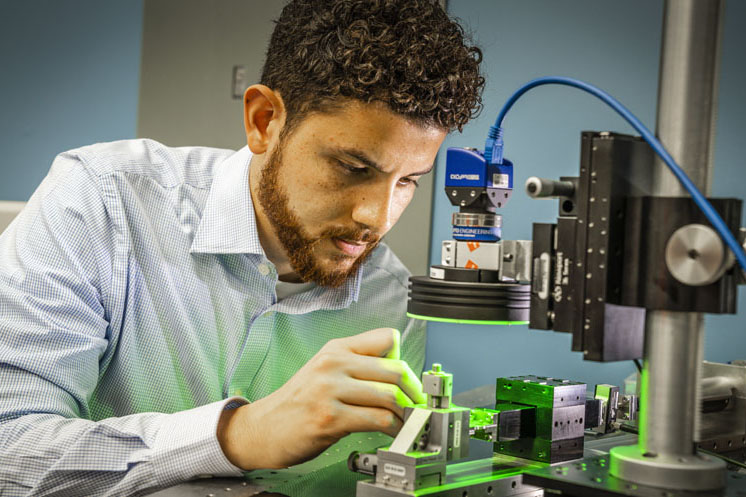
Next-Generation Materials →
APL is dedicated to advancing next-generation materials for critical national security applications, such as hypersonic flight, space-based missions, and naval ship construction.
- Forever Chemicals and Their Lasting Effects in Your Environment (WMAR 2 News Baltimore, March 9, 2025)
- The Battle to Replace PFAS in Firefighting Foam (Manufacturing Dive, December 11, 2024)
- Johns Hopkins Detects AM Defects Within Nanoseconds (VoxelMatters, May 13, 2024)
- Why We Are Finally Within Reach of a Room-Temperature Superconductor (New Scientist, May 7, 2024)
- How to Protect Yourself From ‘Forever Chemicals’ (The Hill, March 14, 2024)
- Eliminating ‘Forever Chemicals’ from the World’s Water (SXSW, March 12, 2024)
- Biodegradable Sensors Could Explore the Seas More Sustainably (Eos, October 26, 2023)
- Are “Forever Chemicals” Really Forever? (WYPR, July 11, 2023)
- Paintable Proteins Provide Environmentally Friendly Way to Protect Ship Hulls at Sea (Corrosion Protection, June 29, 2023)
- Johns Hopkins APL Scientists Test Better Ways to Remove ‘Forever Chemicals’ From Homes and Water (The Baltimore Banner, June 19, 2023)
- A Jellyfish-Inspired Ocean Sensor (Johns Hopkins Magazine, June 2023)
- Can We Destroy "Forever Chemicals"? Plasma or Nanoparticles Could Do the Trick (Inverse, March 20, 2023)
- NASA Awards Advance 3D Printing, Quantum Tech for Climate Research (NASA, March 16, 2023)
- Johns Hopkins, Carnegie Mellon to Co-Lead New NASA Institute (The Hub, March 16, 2023)
- Filtering & Destroying 'Forever Chemicals': JHU Team Hopes to Ensure Clean Drinking Water (Fox 45 News, November 22, 2022)
- Exploring the Advantages of Defects in Laser-Manufactured Materials (Phys.org, July 26, 2021)
- “Hopkins APL is a standout partner [for DARPA] in being able to connect materials developments with platform performance” said William (Bill) Carter, DARPA Program Manager (Voices from DARPA Podcast, Episode 36, December 1, 2020)
- Microcapsule Additive Allows Underwater Glues to Set in One Minute (New Atlas, April 19, 2021)
- Applied Physics Lab Researchers Develop Advanced Soft Robots (JHU Hub, January 22, 2021)
- DSS Works with Top Laboratory to Protect U.S. Embassies and Consulates (US Department of State, September 2, 2020)
- Michael Brupbacher’s Article Selected as an Editor’s Pick in Applied Optics (Johns Hopkins University Whiting School of Engineering, September 21, 2017)
- New Generation of Glass Coatings (Coatings World, October 20, 2015)
- Sturdy Silica Coatings Take Tough Stance Against Corrosion (Chemical & Engineering News, August 24, 2015)
- New Super-Reflective Paint Is the Solution to Your Car’s Scorching Summertime Temperatures (Popular Mechanics, August 19, 2015)
- Self-Healing Paint, Chemical Weapons At Home (Chemical & Engineering News, July 14, 2014)
